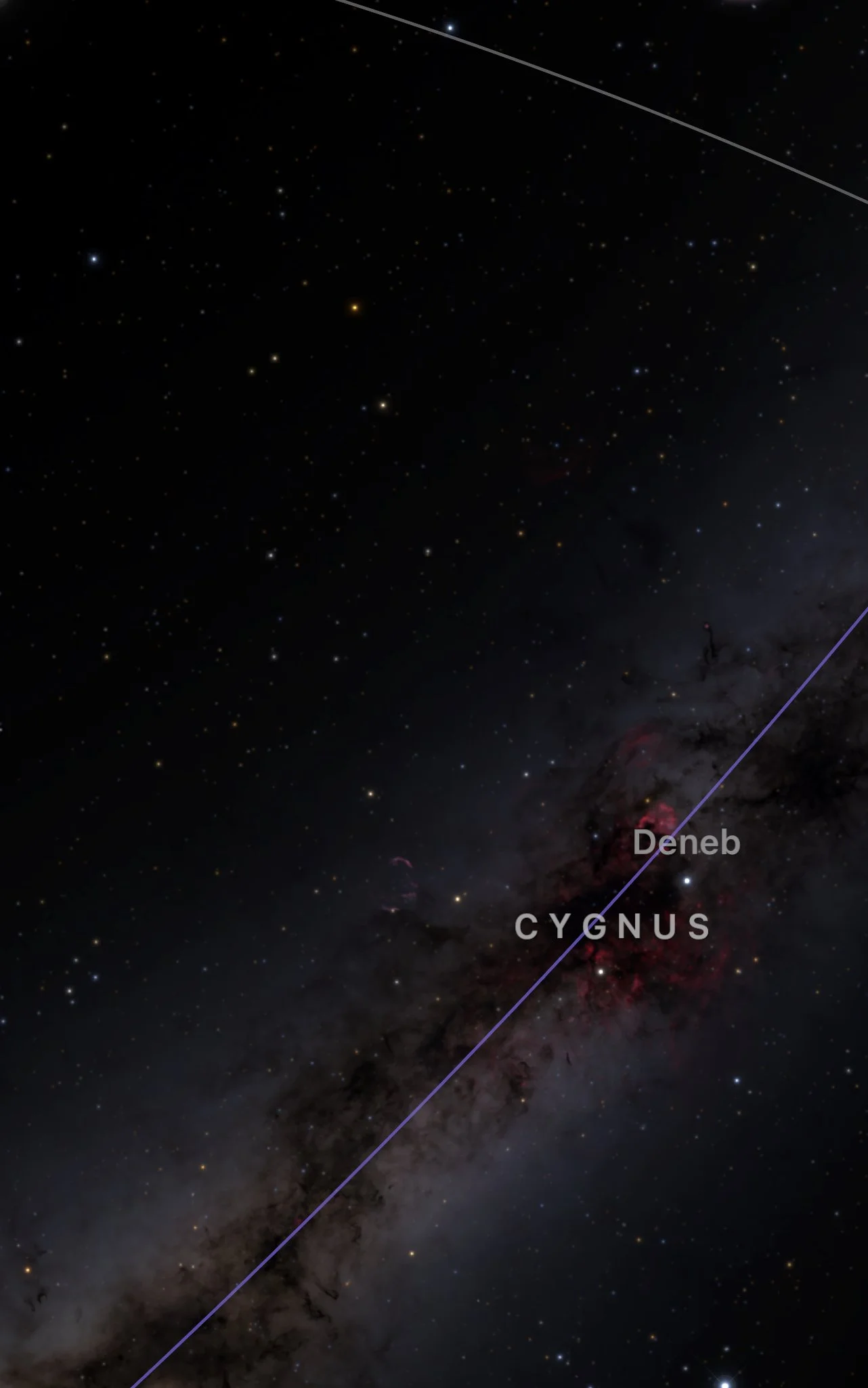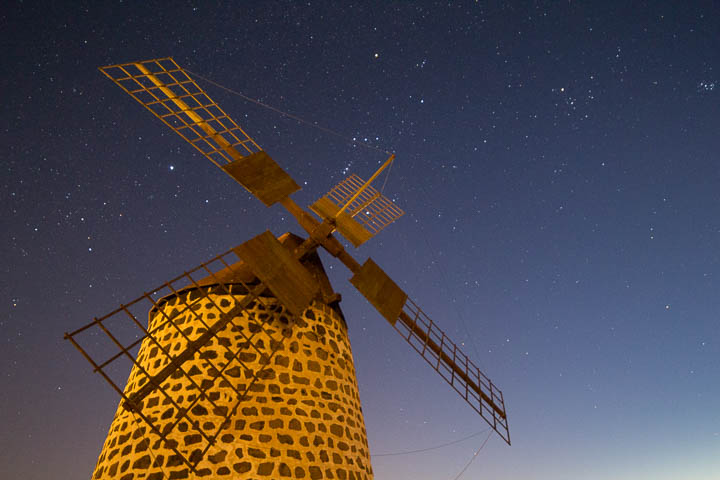....Entering October, the Milky Way in Sagittarius appears more and more vertical, till it is swallowed by the southern horizon. At the same time, another arm of our galaxy, the Perseus's, shines more and more in the North-East, introducing the most typical constellations of the Autumn, as Cassiopeia, Andromeda and Perseus himself. This area is very rich in Deep-Sky objects, such as Andromeda's galaxy, the Double Cluster or the E.T. cluster; a good telescope will help us in discovering them quite easily.
Among the planets, both Mars and Saturn are setting down early, saying good-by till the next year. On the other hand, the Moon accompanies us during the first part of the month. The view she offers through a telescope is by far the most amazing we can see of a celestial body: in spite of the 400.000 Km of distance which separate us, her craters and mountains, her seas and their accidents emerge and offer us an unforgettable view.
Clear skies to everybody!
..
Con la llegada de octubre, la Vía Láctea de Sagitario va poniéndose cada vez más vertical, hasta hundirse poco a poco tragada por el horizonte sur. En cambio, otro brazo de nuestra galaxia, él de Perseo, va adquiriendo cada vez más protagonismo, arrastrando las constelaciones más típicas de otoño, como Cassiopea, Pégaso y el mismo Perseo. Esta zona es muy rica en objetos de Cielo Profundo, como la galaxia de Andrómeda, el Cúmulo Doble o el cúmulo de ET, que un buen telescopio nos puede descubrir con facilidad.
Entre los planetas, tanto Marte como Saturno desaparecen cada día más pronto en el horizonte oeste, saludándonos ya hasta el año que viene. En cambio, la Luna nos acompaña durante la primera parte del mes. El espectáculo que nos ofrece por medio de un buen telescopio es el más detallado que podemos admirar en otro cuerpo celeste: a pesar de los 400.000 kilómetros de distancia que nos separan, los cráteres y las montañas, los mares y los accidentes de su superficie sobresalen delante de nuestros ojos y no dejan indiferente a ningún observador.
¡Cielos despejados para todos!
....



